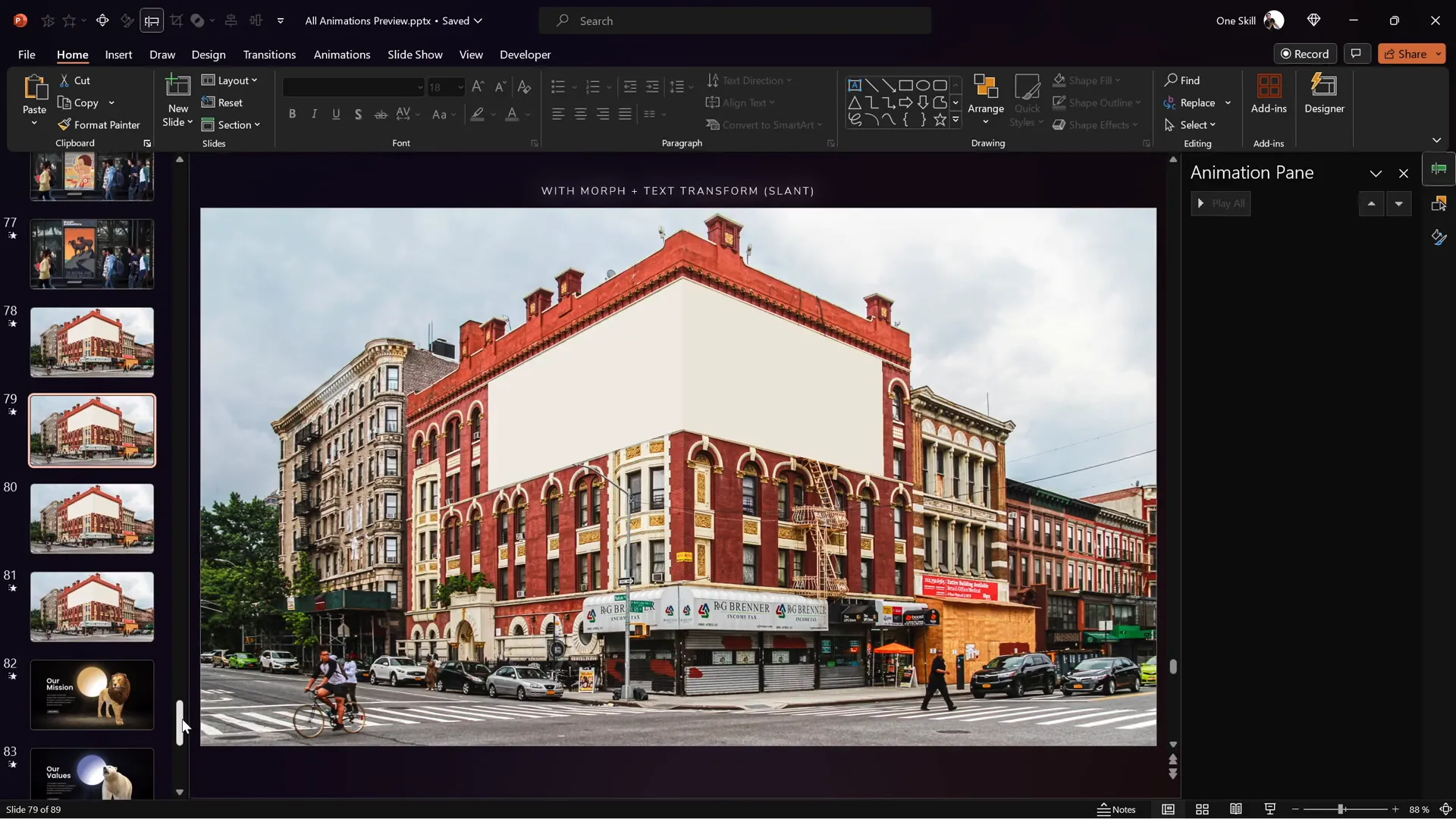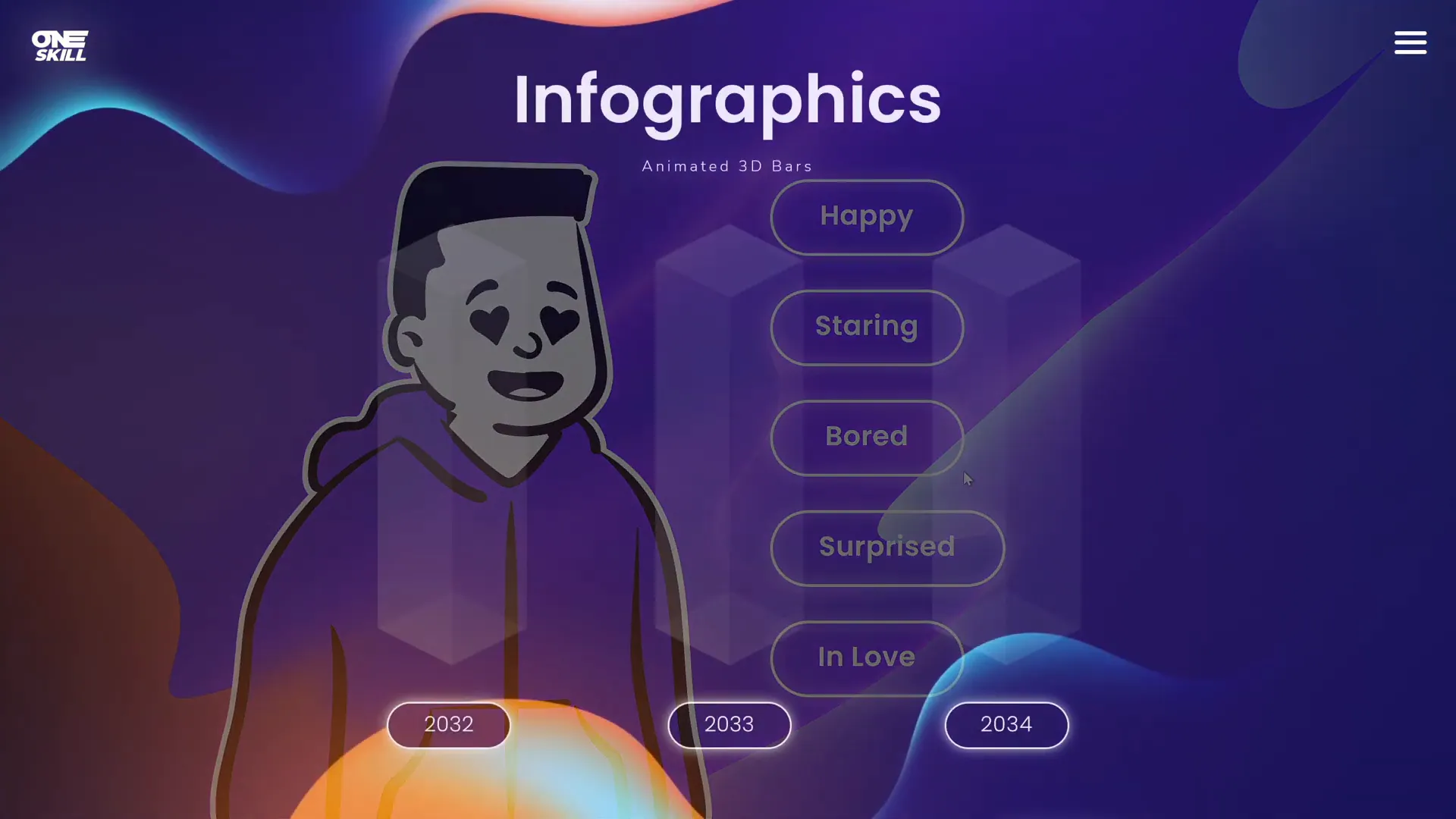
If you’re eager to elevate your PowerPoint presentations and captivate your audience with dynamic visuals, mastering PowerPoint animations is the key. Whether you’re a designer, business professional, educator, entrepreneur, or student, learning to create compelling animations can transform your slides from ordinary to extraordinary. This comprehensive guide will walk you through everything you need to know to become a PowerPoint animation pro, starting from the fundamentals and advancing to sophisticated techniques that will breathe life into your presentations.
PowerPoint is often underestimated as a tool for animation, yet it offers a powerful suite of features that can help you craft breathtaking animations without needing specialized software. This guide distills expert insights and practical tips to empower you to create smooth transitions, animate text and media, build animated infographics, and much more. Let’s dive in and unlock the full potential of PowerPoint animations.
Table of Contents
- Why Master PowerPoint Animations?
- Starting with PowerPoint Animation Fundamentals
- Animating Text, Photos, and Videos
- Advanced Animation Techniques
- Tools and Software Recommendations
- Learning Resources and Support
- Frequently Asked Questions
- Conclusion
Why Master PowerPoint Animations?
Animations in PowerPoint are more than just flashy effects; they serve a vital role in enhancing storytelling, emphasizing key points, and keeping your audience engaged. However, many users limit themselves to basic slide transitions or simple fades. By mastering PowerPoint animations, you unlock the ability to:
- Communicate complex ideas visually: Animated infographics and illustrations can simplify data and concepts, making them easier to understand.
- Enhance audience engagement: Dynamic animations capture attention and maintain interest throughout your presentation.
- Create professional, polished presentations: Smooth, well-timed animations demonstrate your proficiency and professionalism.
- Personalize your slides: Tailor animations to reflect your brand or presentation style, creating a unique experience.
- Save time with reusable skills: Once you learn the techniques, you can quickly apply them to future projects.
PowerPoint animations are accessible to everyone, from beginners to advanced users, and mastering them can significantly boost your presentation’s impact.

Starting with PowerPoint Animation Fundamentals
Before diving into complex animations, it’s crucial to build a solid foundation. Understanding PowerPoint animation fundamentals will set you up for success as you progress. Here’s what you need to focus on initially:
Understanding Animation Types
PowerPoint offers three main types of animations:
- Entrance Animations: These determine how an object appears on the slide. Examples include Fade In, Fly In, and Zoom.
- Emphasis Animations: These highlight or draw attention to an object already on the slide, such as Spin or Pulse.
- Exit Animations: These control how an object leaves the slide, like Fade Out or Fly Out.
Familiarizing yourself with these categories helps you plan the flow of your presentation more effectively.
Using Animation Pane and Timeline
The Animation Pane is your control center for managing all animations on a slide. It allows you to:
- View all animations in sequence
- Adjust start times and durations
- Layer animations for complex effects
PowerPoint for Windows (especially versions 2019, 2021, and Microsoft 365) features an advanced animation timeline that offers even greater control over timing and sequencing, making it easier to create sophisticated animations.
Setting Animation Triggers
Instead of animations playing automatically, you can set triggers to control when an animation starts, such as on a click of a specific object. This is useful for interactive presentations.
Best Practices for Animation Fundamentals
- Keep it subtle: Avoid over-the-top animations that distract from your message.
- Be consistent: Use similar animation styles throughout your presentation to maintain cohesion.
- Use timing strategically: Adjust delays and durations to match your speaking pace and emphasize key points.

Animating Text, Photos, and Videos
Once you grasp the basics, it’s time to animate the core content elements of your slides—text, images, and videos. These bring your presentation to life and help convey your message more effectively.
Animating Text
Text animation can range from simple fades to more complex build-ups. Here are some strategies to animate text effectively:
- Animate by paragraph or word: Use the “By Paragraph” animation effect to reveal bullet points one by one, helping your audience focus.
- Use entrance and emphasis effects: Combine entrance animations with subtle emphasis to highlight important phrases.
- Timing and pacing: Control the speed of text animations to align with your verbal delivery.
Animating Photos and Videos
Visual media can be animated to add flair and focus, but it’s important to use animations thoughtfully:
- Animate photos with entrance and exit effects: Introduce images dynamically to support your narrative.
- Use motion paths: Guide photos or videos across the slide for storytelling or emphasis.
- Control video playback: Set videos to start automatically or on click, and incorporate fade-ins or zooms for smooth transitions.
Integrating GIFs
Animated GIFs can add humor or demonstrate concepts without manual animation. Insert GIFs directly into slides and control their playback within the presentation.
Tips for Animating Media
- Optimize file sizes to prevent slowdowns.
- Test animations on different devices to ensure compatibility.
- Use animations to complement, not overshadow, your core message.

Advanced Animation Techniques
After mastering the basics, you can explore advanced techniques to create professional-grade animations that impress any audience.
Creating Animated Intros
Animated intros set the tone for your presentation. Use a combination of text, shapes, and images with entrance and motion path animations to create engaging title slides.
Animated Illustrations and Infographics
Complex data and illustrations become more digestible when animated thoughtfully. Consider these approaches:
- Build animations in layers: Reveal parts of an infographic step-by-step to guide viewers through the data.
- Use motion paths and emphasis effects: Highlight key data points or trends dynamically.
- Draw animations: Simulate hand-drawn effects by animating lines and shapes sequentially.
Combining Multiple Animation Types
Combine entrance, emphasis, and exit animations creatively to tell a story or simulate interactions. The Animation Pane allows you to layer these effects seamlessly.
Using the Advanced Animation Timeline
Leverage the detailed timeline in PowerPoint for Windows to fine-tune animation timing, overlap effects, and synchronize animations with audio or narration for a polished finish.
Animation Workflow Tips
- Plan your animation sequence on paper or storyboard.
- Start with simple animations, then layer complexity gradually.
- Regularly preview and adjust timing for smooth flow.
- Keep a balance between animation and content clarity.

Tools and Software Recommendations
To get the best experience and capabilities when working with PowerPoint animations, consider the following recommendations:

| Recommendation | Details | Benefit |
|---|---|---|
| PowerPoint Version | Use PowerPoint 2019, 2021, or Microsoft 365 | Access to the advanced animation timeline and latest features |
| Operating System | Preferably Windows over Mac | Windows version supports advanced animation timeline and features |
| Hardware | Use a computer with sufficient RAM and graphics capabilities | Smoother animation creation and playback |
| Additional Tools | Graphic design software (optional, e.g., Adobe Illustrator) for custom assets | Creates polished visuals to import into PowerPoint |
While PowerPoint on Mac is capable, it lacks some advanced animation timeline features found on Windows. If you’re serious about animation mastery, using Windows is recommended.
Learning Resources and Support
Continuous learning and support play a vital role in mastering PowerPoint animations.
Structured Courses
Enroll in comprehensive courses that start from fundamentals and progressively cover advanced techniques. Such courses often provide downloadable lesson slides, step-by-step tutorials, and practical exercises to follow along.
Community and Discussion Forums
Engage with instructors and peers by posting questions, sharing your work, and receiving feedback. Many courses offer discussion sections beside each lesson where you can get help and insights.
Course Updates and Feedback
Look for courses that are regularly updated based on student feedback, adding new lessons on animated slide design, illustrations, or other requested topics to keep your skills fresh and relevant.
Free Resources
Many platforms offer free lessons or sample tutorials that let you get a taste of animation techniques before committing to a full course.
Remember, practice is key. The more you experiment with PowerPoint animations, the more intuitive and creative you’ll become.

Frequently Asked Questions
1. What is the best PowerPoint version for animations?
For the most advanced animation features, including the detailed animation timeline, PowerPoint 2019, 2021, or Microsoft 365 on Windows is recommended. Mac versions support animations but lack some advanced timeline controls.
2. Can beginners learn PowerPoint animations effectively?
Absolutely! Starting with animation fundamentals and gradually progressing to advanced techniques allows beginners to build confidence and skill over time.
3. How do I avoid overusing animations?
Focus on subtlety and consistency. Use animations to enhance your message, not distract. Avoid excessive or flashy effects that can overwhelm your audience.
4. Can I animate videos and GIFs in PowerPoint?
Yes, you can animate videos by controlling their playback and apply entrance or motion path animations. GIFs can be inserted and set to play automatically to add dynamic content.
5. Are there downloadable resources to help me learn?
Many courses and tutorials provide downloadable lesson slides and templates to practice animations step-by-step, which is highly beneficial for hands-on learning.
6. Is PowerPoint animation suitable for business presentations?
Definitely. Animated presentations can make business pitches, reports, and proposals more engaging and easier to understand, helping you stand out professionally.
7. Can animations be used to create interactive presentations?
Yes, by using animation triggers and hyperlinks, you can create interactive elements that respond to clicks or other actions during your presentation.
Conclusion
Mastering PowerPoint animations is a game-changer for anyone looking to create professional, engaging, and memorable presentations. Beginning with the fundamentals and steadily advancing through text, media, and complex animation techniques allows you to unlock the full potential of PowerPoint’s animation capabilities.
Whether you want to animate subtle transitions, build dynamic infographics, create animated intros, or use GIFs effectively, the key is practice and continuous learning. Using the right tools, such as PowerPoint 2019 or later on Windows, will enhance your ability to create polished animations with precision timing.
Remember, animations should always serve your content and storytelling, not overshadow it. By applying the best practices and techniques outlined in this guide, you’ll soon be creating PowerPoint animations that impress, inform, and inspire.
Get ready to transform your presentations and become a PowerPoint animation pro!
Check out the full video: Create PowerPoint Animations Like a PRO 😎✨







